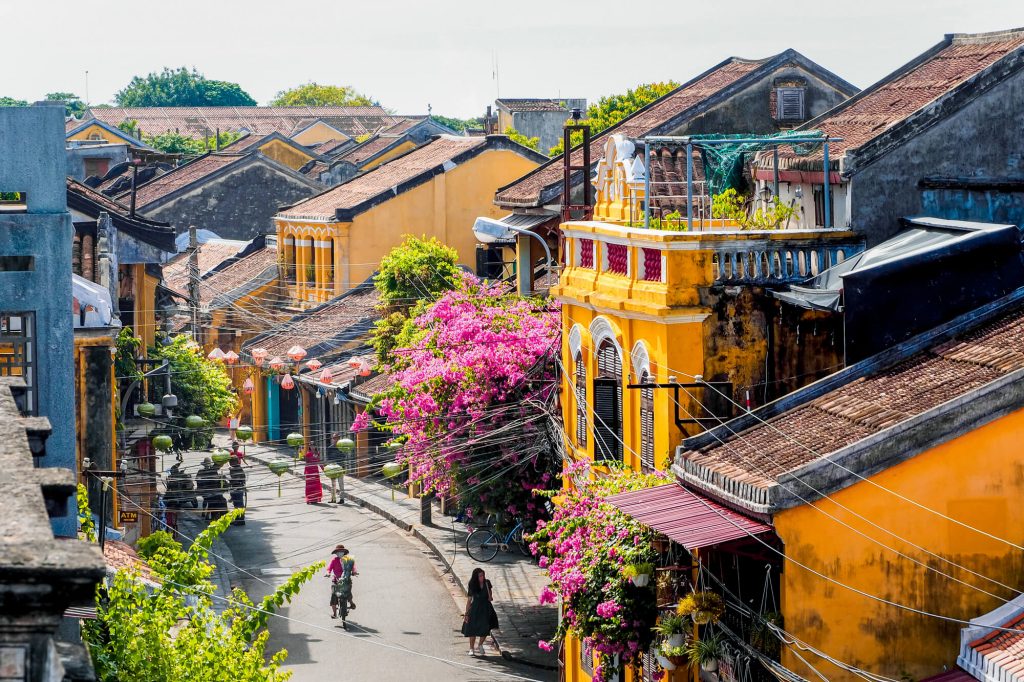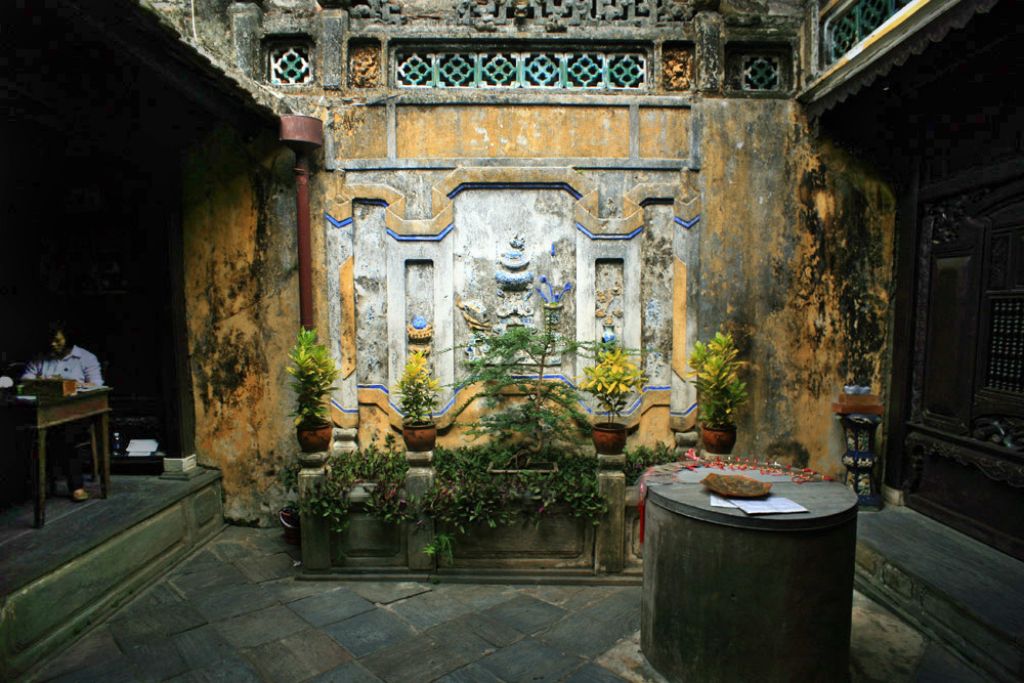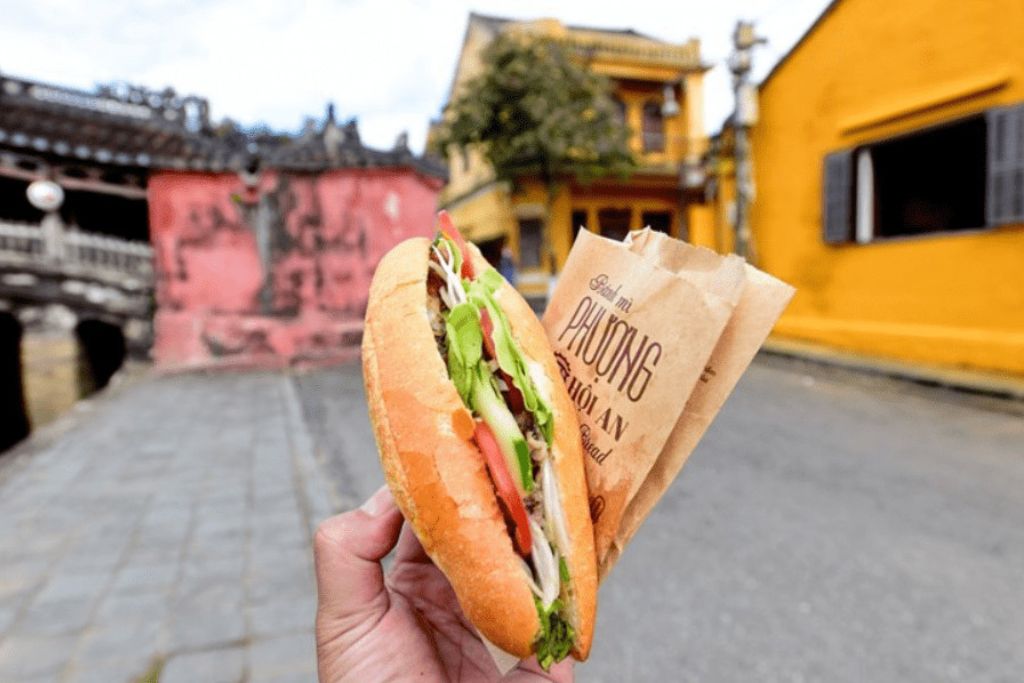Hoi An Ancient Town is a renowned city in Quang Nam province, preserving over 1000 well-preserved architectural sites, including streets, houses, assembly halls, communal houses, pagodas, temples, clan houses, and ancient wells. The city also boasts traditional dishes, reflecting the souls of its residents. A visit to Hoi An enchants travelers with enduring beauty that withstands the test of time, characterized by simplicity and rustic charm.
Traditional Architecture
Hoi An is renowned for its traditional architectural beauty and harmony in houses, walls, and streets. Despite the historical ups and downs, Hoi An Ancient Town still retains its ancient beauty, adorned with moss-covered roofs, brick walls, and trees. This reflects the simple and genuine nature of the local people.

The most common house style is the tube-shaped one or two-story houses with narrow width and long depth. These houses are built with durable materials due to the harsh local climate. The houses have brick walls on both sides, wooden frames, and are divided into three sections with a central walkway. Each house in Hoi An ensures a harmonious balance between living space and nature, featuring a stone-paved courtyard with decorations such as water ponds, miniature landscapes, and trees, creating an overall beautiful appearance.
With its unique architecture, the houses in Hoi An are always spacious, filled with sunlight, blending humans and nature as one. This provides a free and comfortable life for the local residents and an enjoyable experience for tourists visiting Hoi An.
The streets in the ancient town are arranged in a chessboard pattern with short, beautiful, winding, and embracing streets. Walking through these small and peaceful streets, visitors not only enjoy delicious food but also witness the daily life of Hoi An residents – a peaceful and simple life. Hoi An Ancient Town, with its rustic and tranquil charm, captivates visitors in every corner.
The collection of architectural relics in Hoi An is extremely rich and exquisite. Therefore, this place has, is, and will continue to be a destination that attracts tourists from both inside and outside the country to explore and fully enjoy their vacations by booking hotels right in the ancient town. When traveling to Hoi An, visitors will realize that time seems to have stopped in each tile-roofed house covered in moss, the old gray moldy walls, preserving the ancient past and existing until today.
Notable Historical Sites
Your trip to Quang Nam would be incomplete without visiting the “symbol of Hoi An” – the Japanese Covered Bridge, also known as the Japanese Pagoda, located at the intersection of Nguyen Thi Minh Khai Street and Tran Phu Street.

The iconic Japanese Covered Bridge, locally known as Chua Cau, is constructed with wooden planks spanning across a small canal leading to the Hoai River. The 18-meter bridge has a distinctive roof covered with yin and yang tiles, facing the Thu Bon River. Despite being built by the Japanese, the Chua Cau exhibits a strong Vietnamese architectural influence.
The main entrance of the bridge features three Han characters embossed, reading “Lai Vien Kieu,” meaning the bridge of those from afar. This area was commonly frequented by Japanese merchants around the mid-16th century. On top of the bridge, there is a small shrine dedicated to the Northern Deity Tran Vu, known for dispelling storms and floods, bringing joy and happiness to the people. At both ends of the bridge, there are sculptures of monkeys and dogs sitting in a guarding position.
Throughout the years and various renovations, Chua Cau remains a unique architectural gem, showcasing a distinctive Vietnamese style. It is considered an invaluable heritage and has officially been chosen as the symbol of Hoi An.

To further understand the life and culture of the people of Hoi An, visitors should explore famous ancient houses and spiritual and social structures such as Quan Thang, Duc An, Tan Ky, as well as assembly halls like Phuc Kien, Trieu Chau, and Quang Dong. These beautiful places in Hoi An allow tourists to experience the distinctive cultural atmosphere of the town.
Hoi An Specialties
During a trip to Hoi An, visitors can freely choose from a myriad of snacks available in numerous street vendors and stalls. If you want to savor the best corn pudding, smashed rice cakes, or delicious clams stir-fried, you should visit the stall of Ba Gia along Tran Phu Street.
Hoi An’s famous dish, Cao Lau, is worth trying at places like Mrs. Minh’s stall, in Hoi An’s market, or at the beginning of Tran Phu Street. Additionally, dishes like Com Ga (chicken rice) from Ba Bui, Aunt Nga, or the sandwiches from Phuong or Madame Khanh, with a rich filling of meat, sausage, pate, fresh vegetables, and fragrant sauce, will surely satisfy your taste buds.

Lanterns are also considered a “specialty” that should not be missed when traveling to Hoi An. Visitors can easily spot colorful lanterns of various shapes and sizes around the streets and houses. On the full moon day each month, Hoi An transforms into a different world in the eyes of tourists – a dazzling Hoi An illuminated by the lights of lanterns and flower lanterns.
Walking along the Hoai River or sitting in a small boat, gently releasing each flower lantern, gazing at the rows of glittering lanterns on both banks, and praying for peace, is an experience that visitors should not miss in Hoi An. The magical light of lanterns and flower lanterns adds to the beauty of Hoi An in the eyes of tourists, becoming a distinctive feature and a spiritual delight for visitors when they come here.
Hoi An shines brightly at night under the lights of hundreds of lanterns strung across the entire ancient town.
